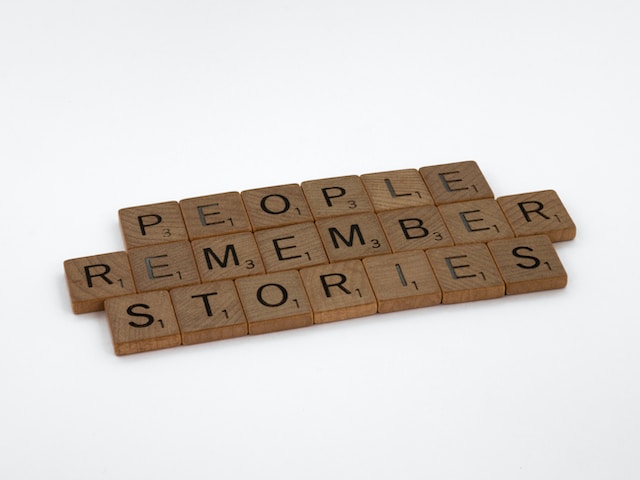Teacher, Coach, or Superhero?

I recently had the opportunity to serve as an alumni coachee at the Berkeley Executive Coaching Institute during the in-person institute held at Berkeley. When I took the certification course, it was completely online and I saw the talented and skilled faculty through my Zoom screen. When I arrived at the Berkeley Faculty Club on this very hot day in October, I saw some of the incredible faculty that taught me during my course. Benjamin was playing the piano. Jennie came over to give me a hug. I saw Doy and Praew in the distance. It felt like celebrity sightings! These were the skilled and thoughtful people who taught me so much and I was actually seeing them in real life. I was surprised by my reaction. I am an adult and know that these are real human beings even though I saw them only on Zoom.










